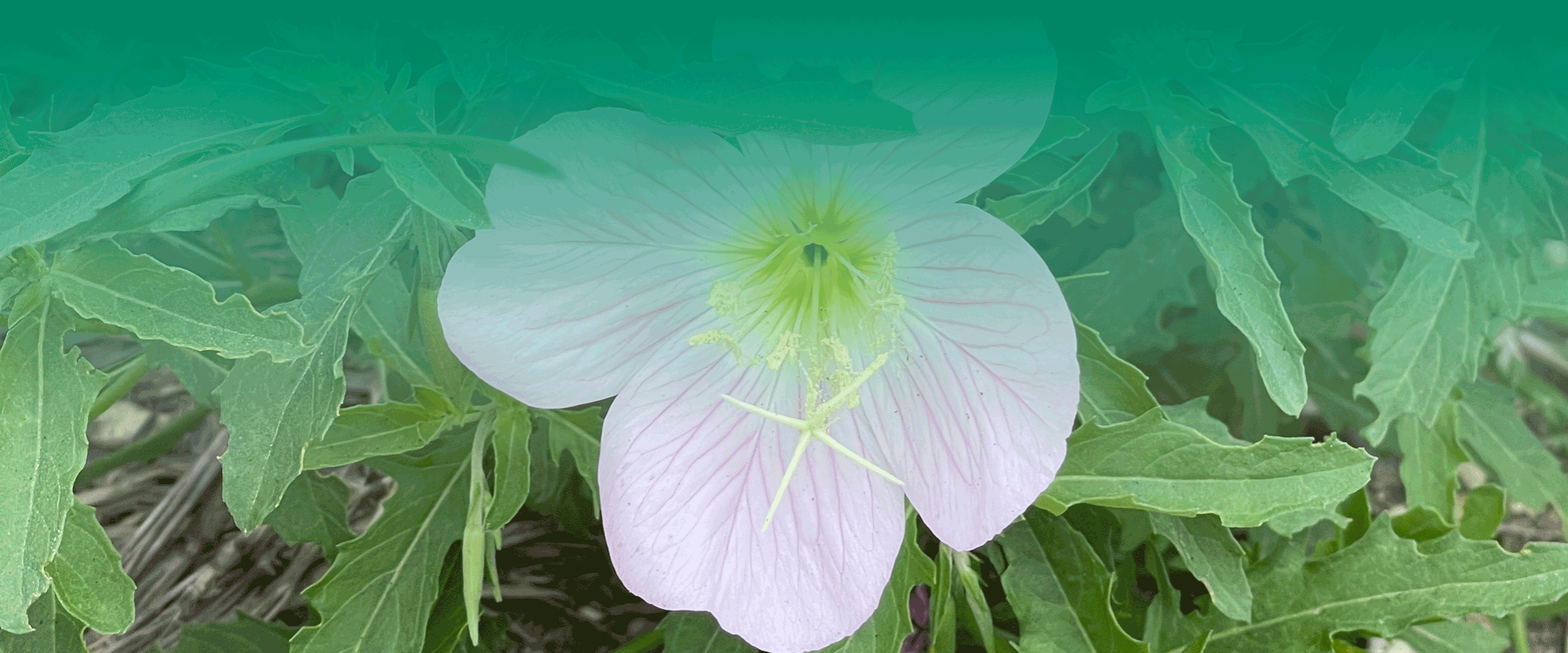Many types of vegetables can be grown indoors using containers, soil, and light. The key to successful indoor vegetable gardening is providing the right amount of light, water, and nutrients. You can use natural light, artificial light, or a combination of both to grow your vegetables indoors. Some popular indoor vegetables include lettuce, herbs, cherry tomatoes, and microgreens. It is important to choose vegetables that are well-suited to indoor growing conditions, as some vegetables need more light and space than others. There are many vegetables that can be grown indoors such as:

Lettuce and other greens
Leafy greens such as lettuce, spinach, and mesclun mix are ideal for indoor growing because they don’t require much space and grow quickly.

Herbs
Most herbs, such as basil, mint, cilantro, and parsley, can be grown indoors. Herbs not only add flavor to your cooking, but they also release a fresh fragrance in your home.

Tomatoes
Cherry and grape tomatoes can be grown indoors as long as they receive adequate light and warmth.

Microgreens
Microgreens are young seedlings that are harvested just after the first leaves have emerged. They are packed with flavor and nutrition and can be grown in a sunny windowsill or under grow lights.

Strawberries
Small pots of strawberries can be grown indoors, but they need lots of sunlight to produce fruit.

Peppers
Both sweet and hot peppers can be grown indoors,
Growing vegetables indoors can be a rewarding experience, but there are a few challenges that need to be addressed to ensure a successful crop. One of the biggest challenges in indoor vegetable gardening is providing adequate light. Most vegetables need at least 6 hours of direct sunlight per day, so if your indoor space doesn’t receive enough natural light, you may need to supplement with grow lights.
Finding adequate space in the house could also be challenging. Indoor growing spaces are often limited, so it’s important to choose plants that are suitable for your available space. For example, leafy greens like lettuce can be grown in smaller containers, while larger plants like tomatoes may need a more spacious setup.
Maintaining the right temperature and humidity levels is crucial for indoor vegetable gardening. Too much heat or too little moisture can cause plants to wilt or develop mold. Also, indoor growing environments can be more susceptible to pests, such as aphids, spider mites, and thrips, which can damage or kill your plants. It’s important to regularly inspect your crops and take steps to prevent or control infestations.
Despite the above mentioned challenges, indoor vegetable gardening can be a great way to grow fresh, nutritious vegetables right in your home. With a little patience and care, you can successfully grow a variety of vegetables indoors.


